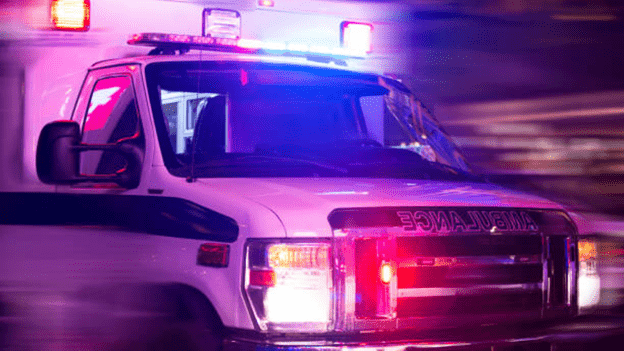Originally posted to Bluebird Network
In emergency situations, reliable connectivity is imperative to cross-communicate efficiently. First responders, medical personnel, and other public safety officials should be able to transfer and process private patient data in a secure and reliable digital environment. Unfortunately, the difference between reliable and unreliable networks can be the difference between life and death. Public safety personnel are working to ensure they utilize proper connectivity solutions to maintain high standards and most importantly to help save lives.
The unpredictability of an emergency situation makes immediate response necessary in every situation. Emergency situations require an aggregation of services to enforce the flow of data and the ability for institutions to scale up as digital transformation accelerates. The services include secure data center space for infrastructure, wireline/wireless connectivity and more. We will walk through a use case scenario of a natural disaster and how connectivity plays a role from the moment someone calls in the emergency to the patient’s hospital stay.
USE CASE SCENARIO
The use case scenario starts with an emergency call to a local dispatcher to report tornado destruction in a residential area. The caller sees “No network signal” on their cell phone but knows they can still make emergency calls. How does this work? When our cellphones lose signal, it’s from our direct wireless provider. When we make an emergency call, it will automatically connect to the strongest network it can find to let the emergency call go through. It’s important to note that since we wouldn’t be connected to our direct network, we wouldn’t be able to make or receive other calls.
When the caller dials 911 (a nationally used number) the cell signal from their device pinpoints as close as a 50-yard radius to their location in order to ring their local emergency dispatchers.
Now back to the caller: the caller tells the dispatcher there has been destruction in their neighborhood due to the tornado and there could be people trapped under the debris of the house. The caller then gives their exact location, details on what they can see, and their identification. Emergency call centers rely on wireless carriers to provide a signal to pinpoint the location if the caller is unable to do so. These wireless carriers are supported by infrastructure and fiber network providers by offering internet and transport services.
To read the full article, please click here.

